Romblon continues to highlight the perfect balance of progress, natural wonders, and cultural heritage. The recent development of its protected coastal area showcases the town’s commitment to safeguarding communities against natural calamities while promoting resilience. Beyond infrastructure, Romblon captivates travelers with breathtaking sights such as the Lahung Rock Formation, a natural arch sculpted by the
Romblon continues to highlight the perfect balance of progress, natural wonders, and cultural heritage. The recent development of its protected coastal area showcases the town’s commitment to safeguarding communities against natural calamities while promoting resilience.
Beyond infrastructure, Romblon captivates travelers with breathtaking sights such as the Lahung Rock Formation, a natural arch sculpted by the sea and winds, and Fort San Andres, a historic stronghold that stands as a reminder of the province’s rich past. Together, these landmarks reflect how Romblon thrives through progress while preserving the beauty of nature and heritage for generations to come.
Odiongan, Romblon’s Protected Coastal Area

Barangay Poctoy, located along the shoreline of Odiongan, has long been one of the most vulnerable communities in Romblon during heavy rains and storm surges. Today, residents can breathe a sigh of relief as the Department of Public Works and Highways (DPWH) Romblon District Engineering Office (DEO) has completed the second phase of its coastal road project. This vital infrastructure was designed to protect lives and livelihoods from recurring flooding and natural disasters.
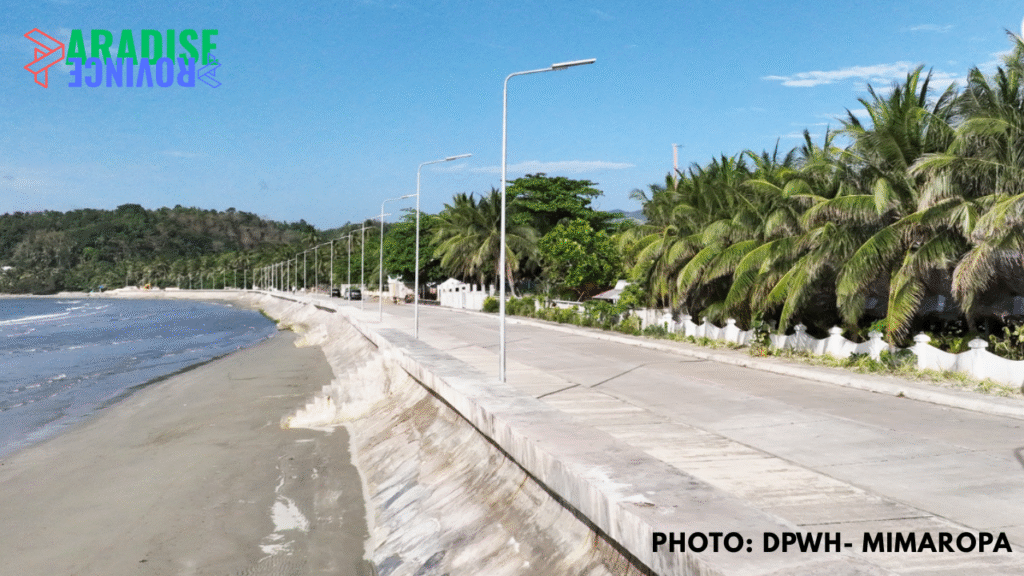
According to Romblon District Engineer Elena M. Castilan, who reported the project’s completion to DPWH MIMAROPA Regional Director Gerald A. Pacanan, CESO III, the newly built road spans 190 linear meters with a width of 6.7 meters. It features a pre-cast curb and gutter, a 100-mm thick walkway with solar-powered LED street lights, and access points such as stairs and ramps specifically designed for local fishermen. Beyond improving mobility, the project strengthens the community’s resilience, ensuring that residents and their means of livelihood are safer and better prepared for storm surges and other calamities.
Lahung Rock Formation
The Lahung Rock Formation is a beautiful natural arch on the southwestern coast of Romblon Island. It was made over time by strong sea currents and winds. This amazing landmark has become one of the best places on the island to watch the sunset. The 62-foot-tall Apunan Point Lighthouse is a historic beacon that adds charm and character to the area. You can see it easily from the rock formation’s viewpoint.

As the sun goes down, the Lahung Rock Formation and the Apunan Point Lighthouse are bathed in a warm golden light, making for a stunning view. The sun lines up perfectly with the arch at the right angle, creating a picture-perfect moment that both travelers and photographers love. Anyone who is exploring Romblon Island should definitely stop by this spot because of its unique combination of natural beauty and maritime history.
Fort San Andres
The coastal town of Romblon is home to Fort San Andres, which stands proudly on San Antonio Hill and looks down on the local port. In the century, next to Fort Santiago on Calvary Hill. The Twin Forts of Romblon became known as the two strongholds that protected the town’s main entry points. Fort Santiago eventually fell apart, but Fort San Andres has stood the test of time. Its walls are made of coral stones and bricks, like other forts built in that time period.
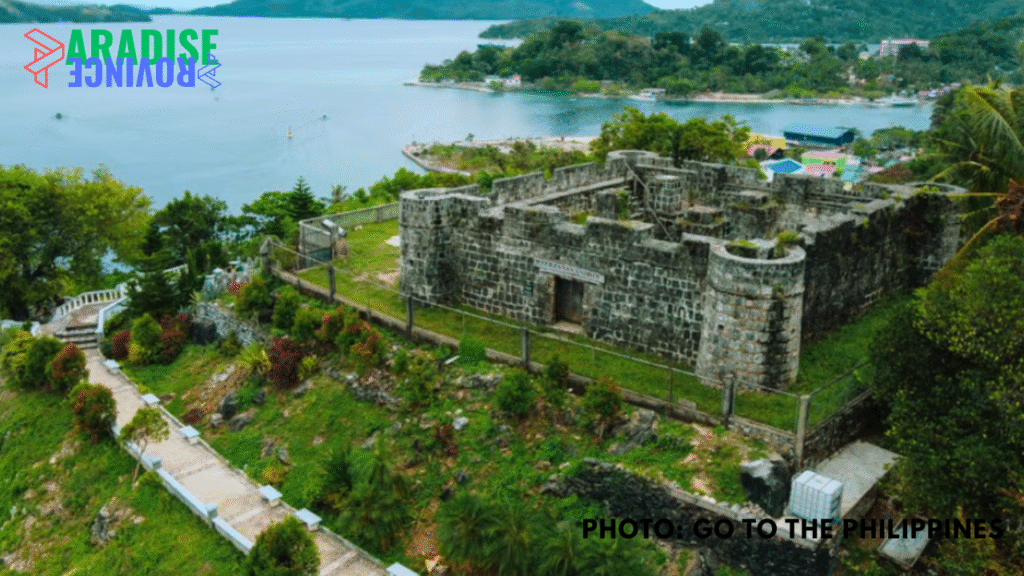
Visitors can easily get to Fort San Andres from Freedom Park in the town by walking a short distance. Inside, visitors can climb the fort’s tower to get a great view of Romblon’s coastline, which is surrounded by green hills. This protects their legacy as important symbols of Romblon’s history and culture.

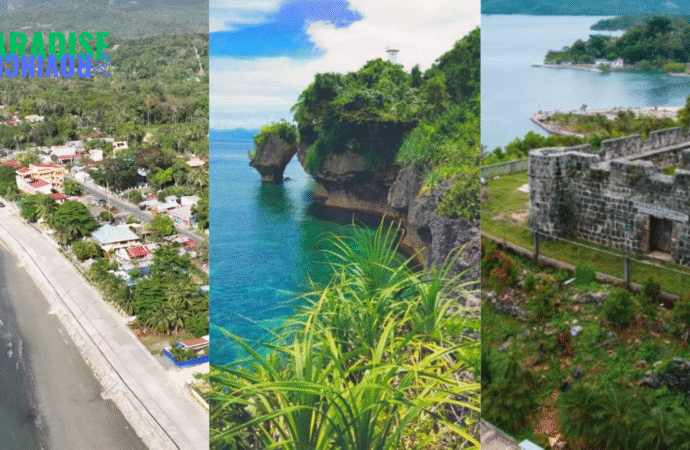
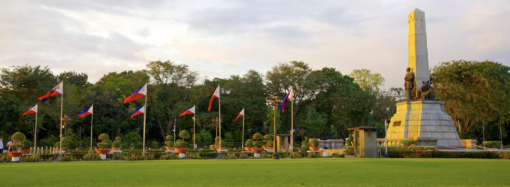



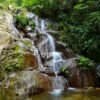
Leave a Comment
Your email address will not be published. Required fields are marked with *